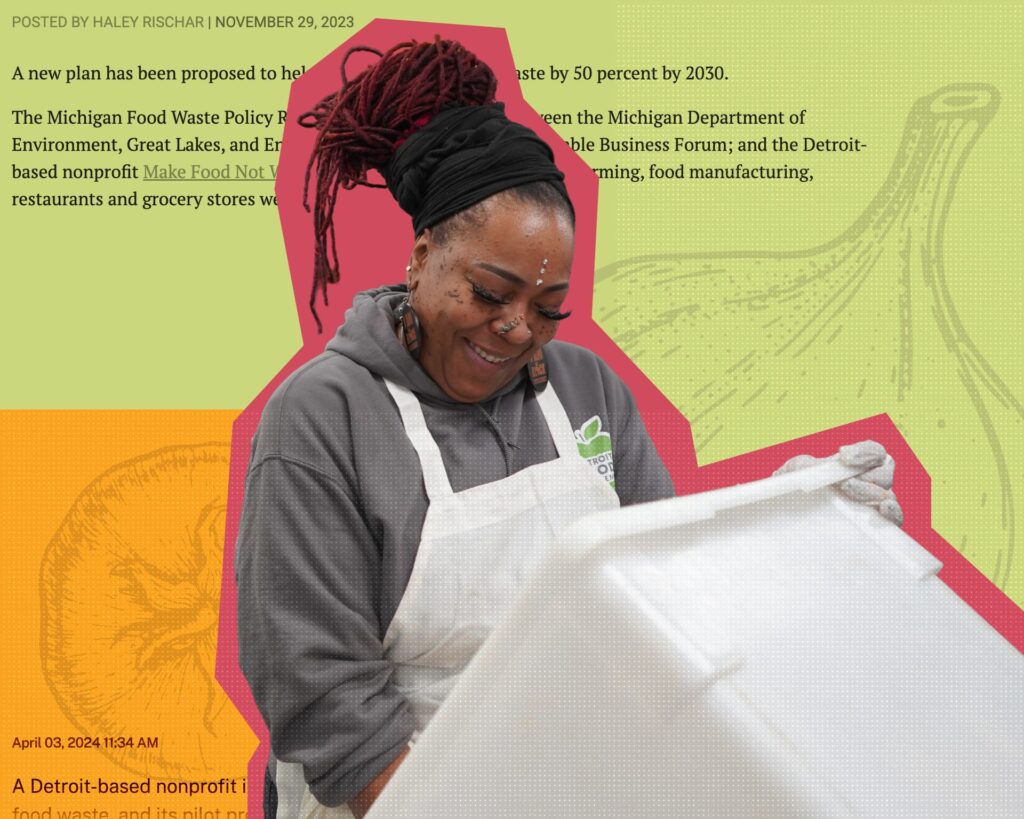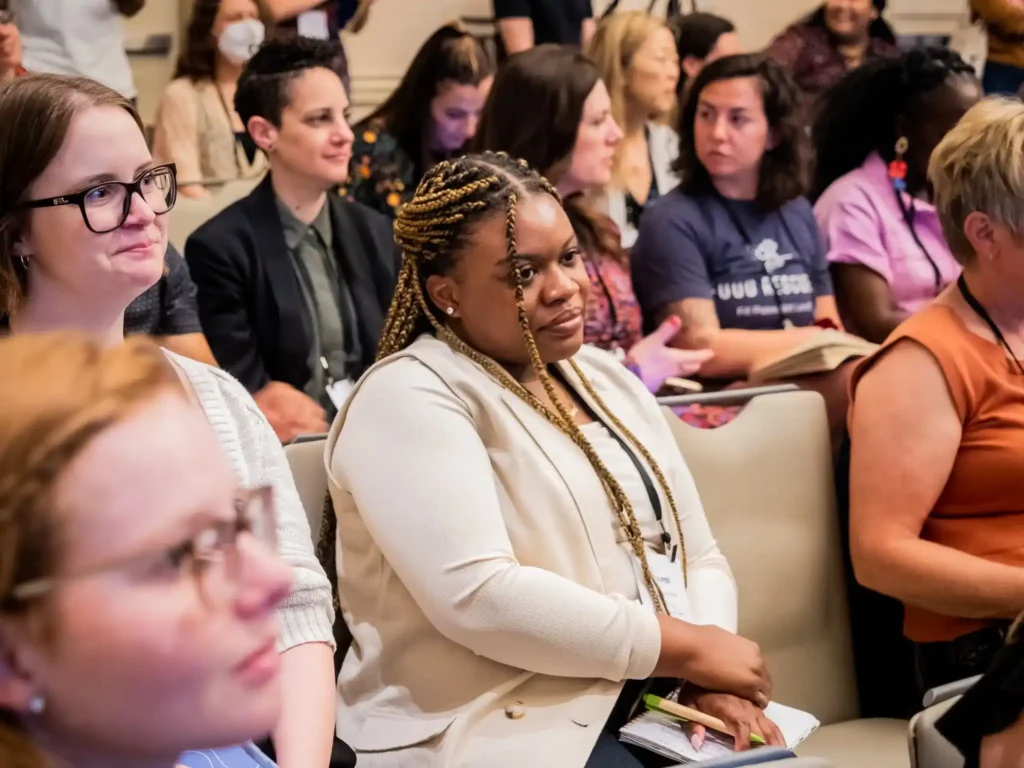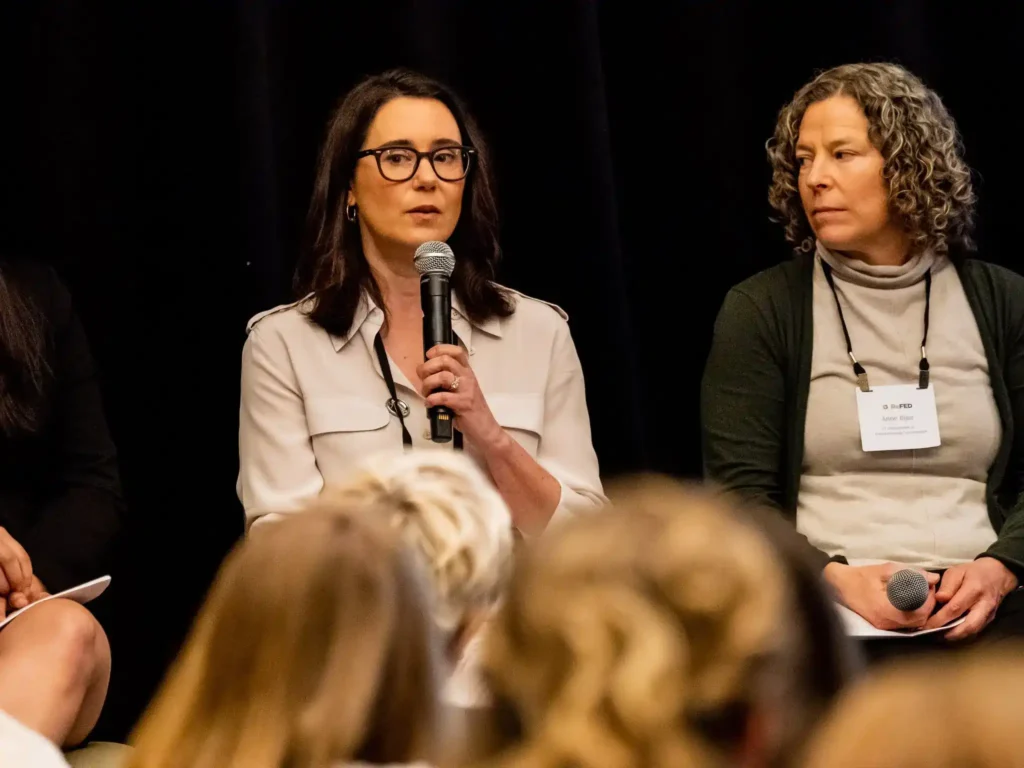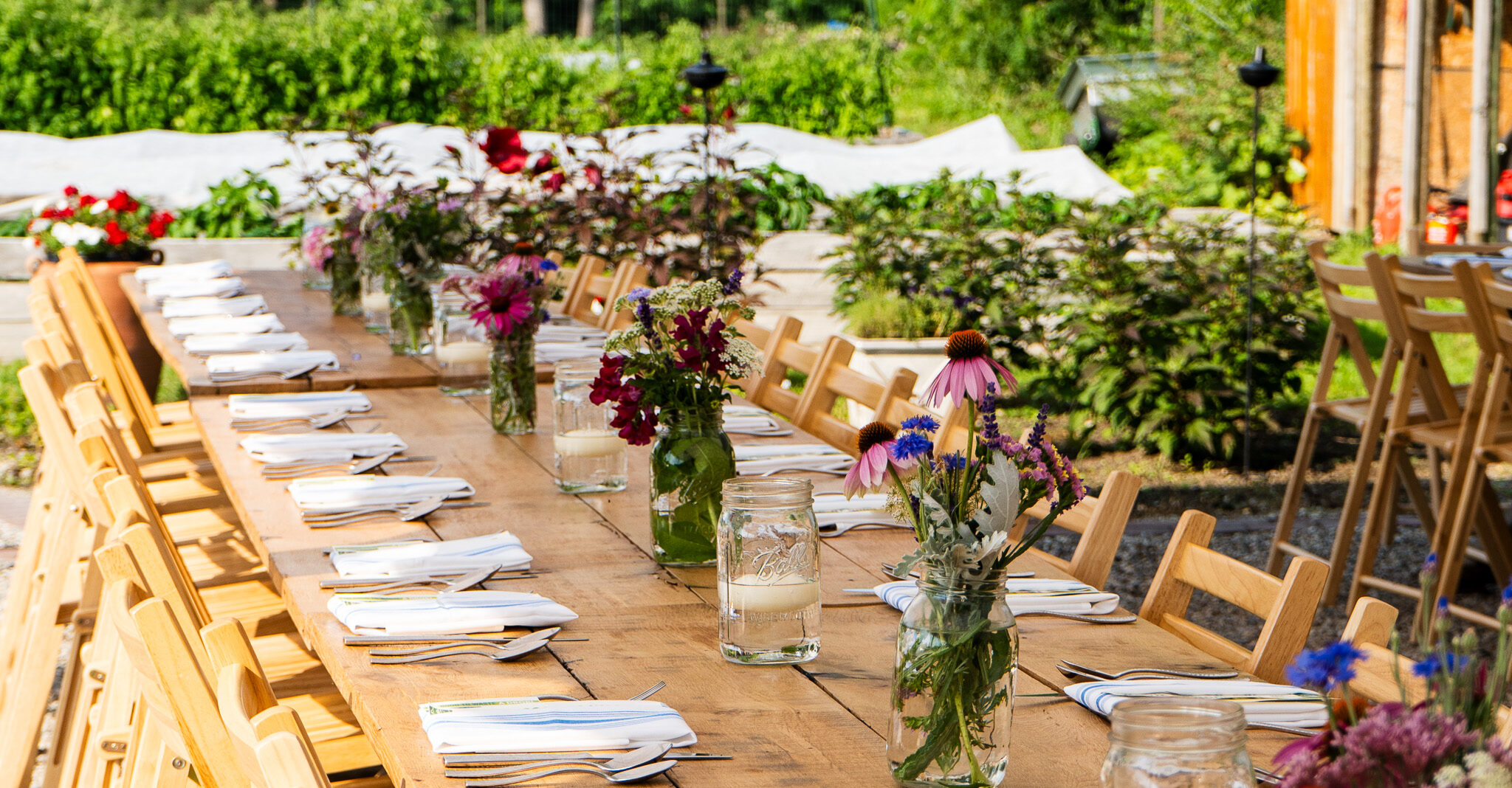Every year, Michigan dumps more than two billion pounds of food into landfills. It’s a staggering statistic with serious consequences. Michigan’s landfills rank among the highest in methane emissions nationwide—a potent greenhouse gas that heats up our planet faster than carbon dioxide. The result? Polluted water, flooded basements, and unhealthy air.
Nobody wins:
- Not the home cooks and businesses losing money.
- Not the 12.5% of Michiganders who face food insecurity.
- Not the cities footing the bill for storm damage and cleanup.
Yet, despite its far-reaching impact, food waste is one of the most solvable environmental and social challenges of our time. Many solutions are straightforward and affordable (hello, clean-plate club!), while others, like building composting infrastructure and extending food shelf life, are already within reach. The missing piece? Taking action—now.
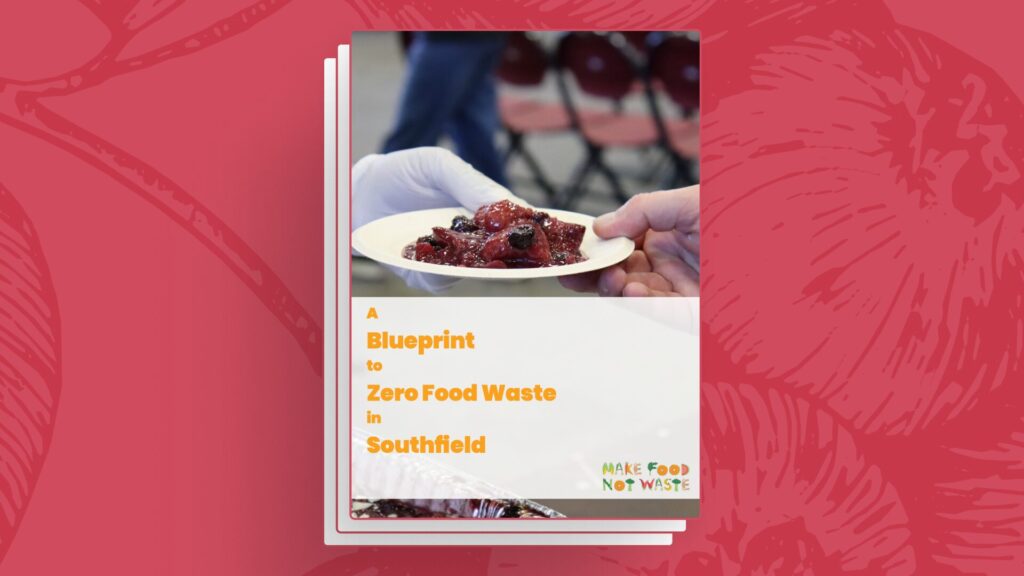
The Five-Year Plan: Cutting Food Waste in Half
Michigan is aiming to cut food waste by 50% by 2030. It’s a bold goal, but with just five years to make it happen, we need to move fast and focused. At Make Food Not Waste, we’ve studied what works—and what doesn’t—to create a plan for Michigan to achieve this ambitious target.
Where Do We Start?
To meet this goal, Michigan must keep one billion pounds of food waste out of its landfills. Here’s the strategy:
- Focus on the 15 most populated cities in Southeast Michigan, which account for 800 million pounds of food waste annually in the state.
- Expand efforts to include smaller cities and towns in the region to reach the one-billion-pound mark.
How Do We Get There?
Reaching this goal requires a three-pronged approach:
- Reduce the food waste produced in the first place.
- Increase food donations to help those in need.
- Ensure everyone has access to food scrap recycling options.
These steps must work together. People need to be motivated, informed, and equipped to act. A piecemeal effort won’t cut it—we need a comprehensive approach to see real, lasting change.
What Does It Take?
In 2024, we worked alongside the City of Southfield and 17 local and national partners to find out. We developed a detailed Blueprint that outlines exactly what needs to happen to reach these goals, from implementing solutions to calculating costs.
Spoiler alert: it’s more affordable than you might think.
This Blueprint is our starting point, a scalable model that can guide the remaining 14 large cities and townships in Southeast Michigan.
What’s Next?
Now it’s time to move from planning to action. This means adapting and implementing the Blueprint across the region. But we can’t do it alone. Here’s how you can help:
- Waste less food at home. Learn simple tips to reduce food waste in your kitchen.
- Use food discount apps like Flashfood and Too Good To Go to save money and rescue surplus food.
- Advocate for residential curbside food scrap pickup in your city or town.
Get involved
Become an ambassador to encourage action in your community and gain access to exclusive guides and events.
- Guide to reducing food waste at parties
- Guide to hosting a house party
- Guide to convincing restaurants to donate surplus food
- Guide to talking to your town about food scrap collection
- Student guide to reducing food waste at school
- How to table at events to spread awareness about food waste
The Time to Act Is Now
We have the knowledge. We have the tools. What we need now is the collective will to turn bold goals into bold action. Together, we can cut food waste in half, protect our planet, and build a more sustainable future for Michigan.
Will you join us?
